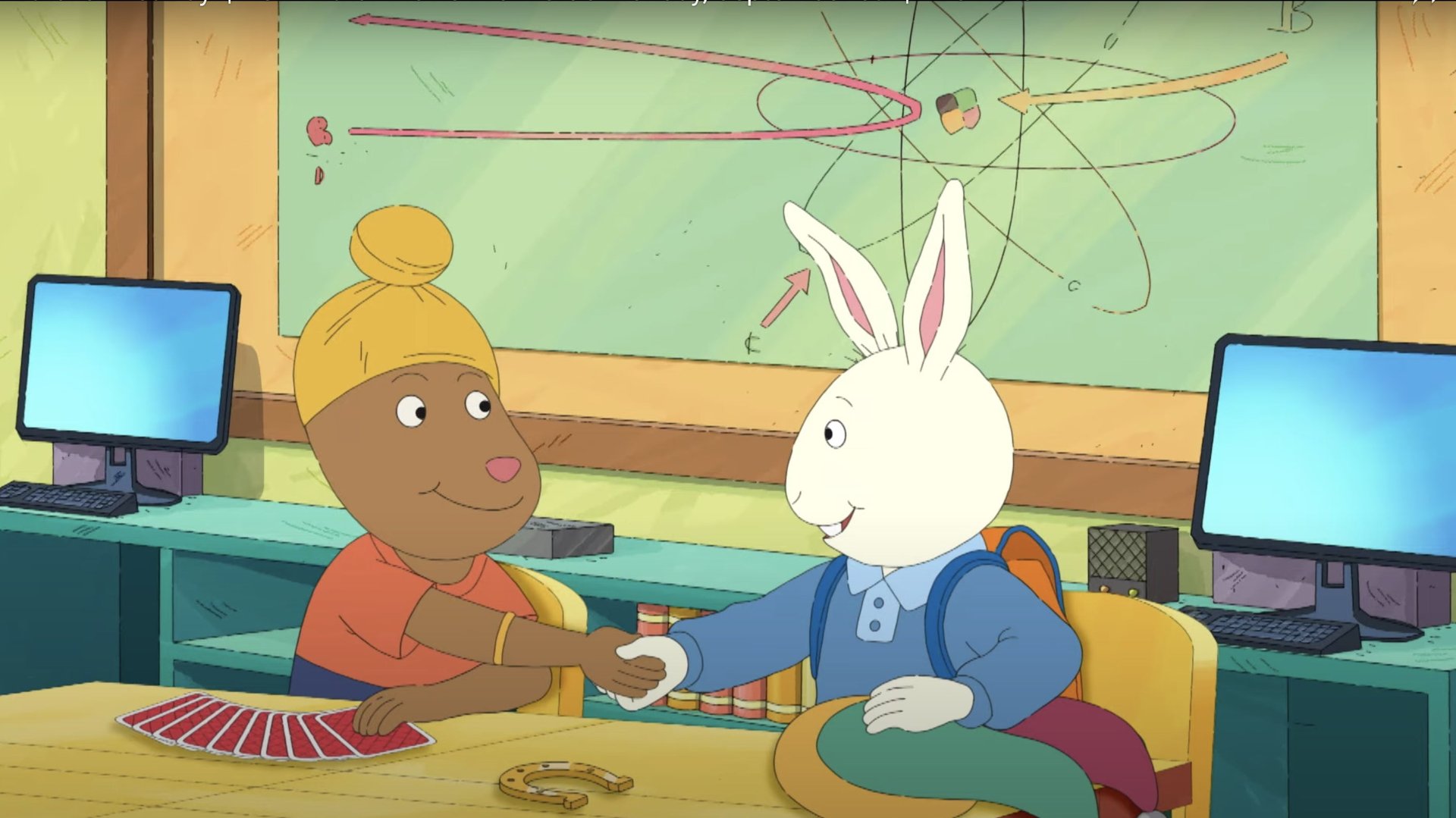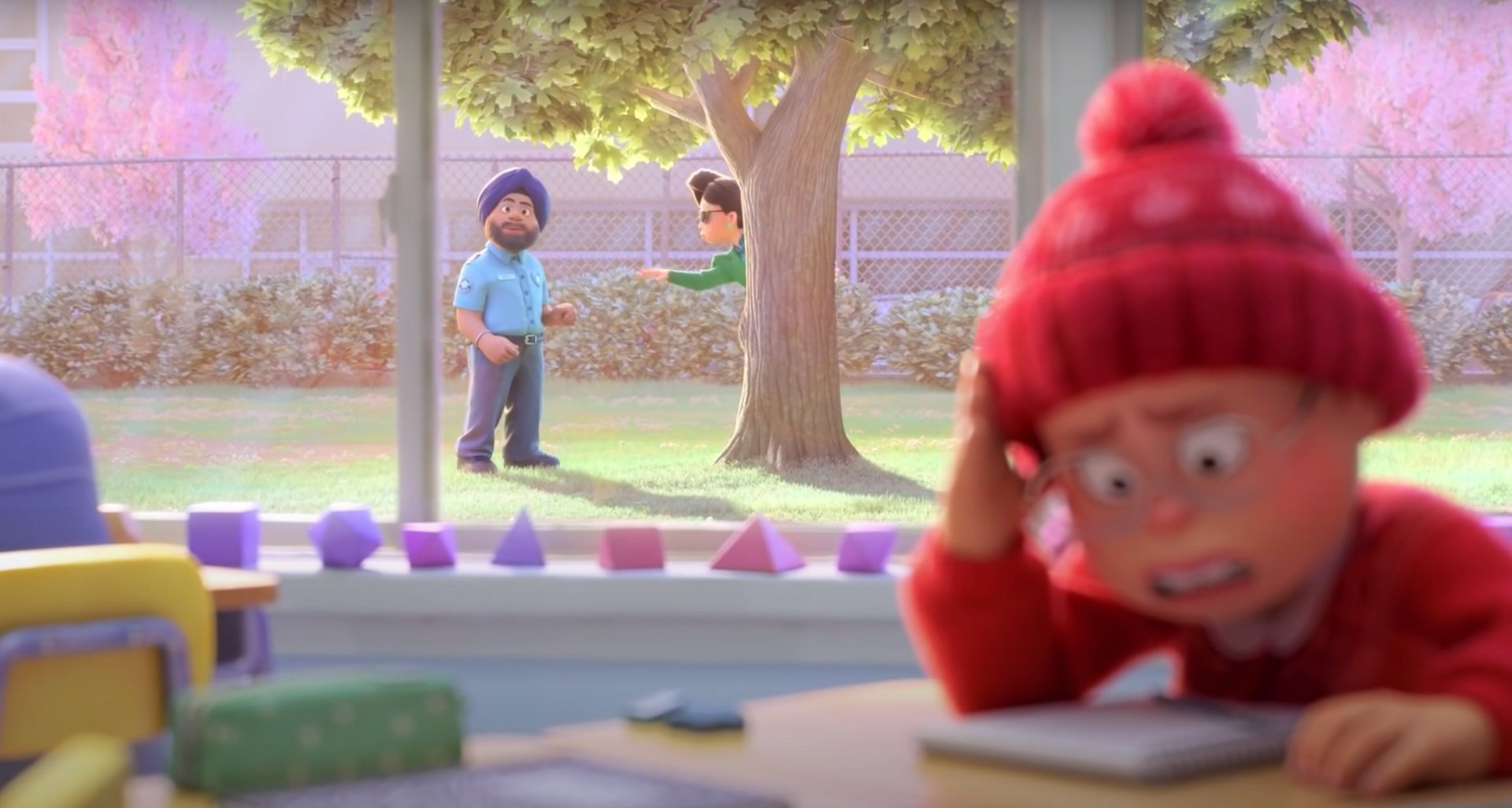South Asian representation is finally trickling down to American kids entertainment
Arthur, the longest-running kids’ animation series in the US, has a surprise in store for Sikh children.


Arthur, the longest-running kids’ animation series in the US, has a surprise in store for Sikh children.
In an upcoming special on Sept. 6, Arthur, the bespectacled aardvark, and his gang will bring a new friend into the fold: a Sikh boy named Samir. In the trailer, Samir can be seen donning a patka, a head covering worn by Sikh boys, and a kara, a steel or cast iron bangle that signifies an unbreakable attachment and commitment to god in the Sikh faith.
First aired in 1996, Arthur has been known for being inclusive, creating characters modelled after different animals. It has portrayed nuclear families, single-parent families, and same-sex marriages. This is the first time the show will include Sikh representation—a topic it needs to handle with care.
At half a million, America has a sizeable Sikh population, and yet, they’re treated as outsiders. In the aftermath of 9/11, the othering only increased. Sikh children are often alienated and bullied, and much of it comes from ignorance. TV shows like Arthur can go a long way in building awareness.
The makers say they have been careful to not make the ethnic or religious identity the major defining factor—something which Apu from the Simpsons faced severe backlash for. “We did what we typically do—create a multidimensional character who Buster and other kids would be interested in hanging out with,” executive producer Carol Greenwald told CNN.
In the world of adult entertainment, the likes of Mindy Kaling, Riz Ahmed, Hasan Minhaj, Priyanka Chopra, and the late Irrfan Khan have broken several boundaries. But this diversity needs to come in earlier, experts say. Proper representation is crucial in children’s media because it goes a long way in raising an individual’s self-esteem and building a more inclusive society.
And it looks like the diaspora is finally starting to get its due in kids and teen entertainment. Besides Arthur, Disney Pixar has a turban-, kara-wearing Sikh character in its 2022 movie Turning Red. The recently released Disney Channel movie Spin is the first to focus on an Indian American family. Kaling’s Netflix series Never Have I Ever revolving around an Indian-American teen, despite its flaws, is a win for representation.
